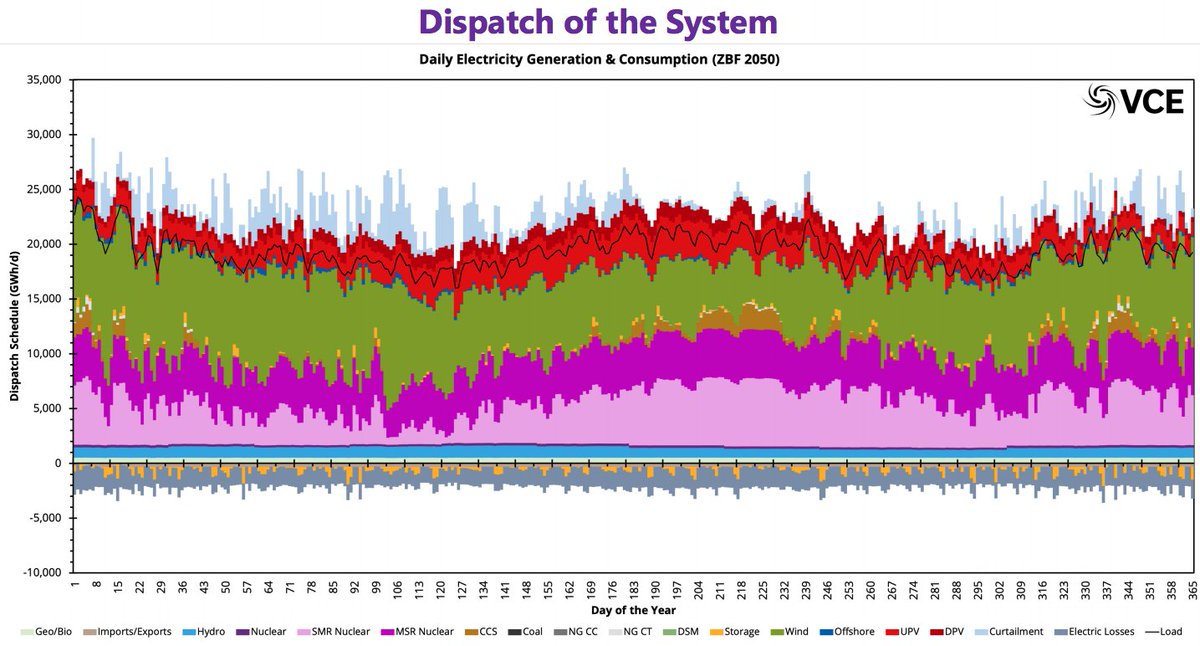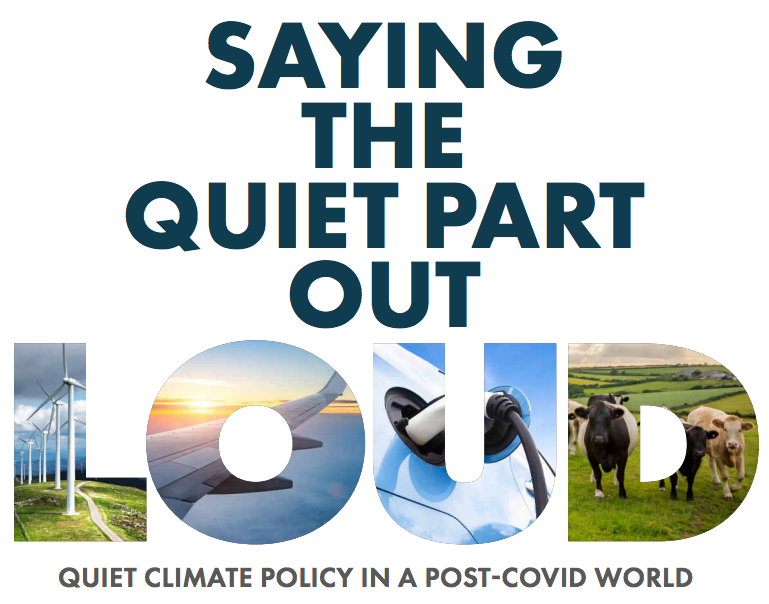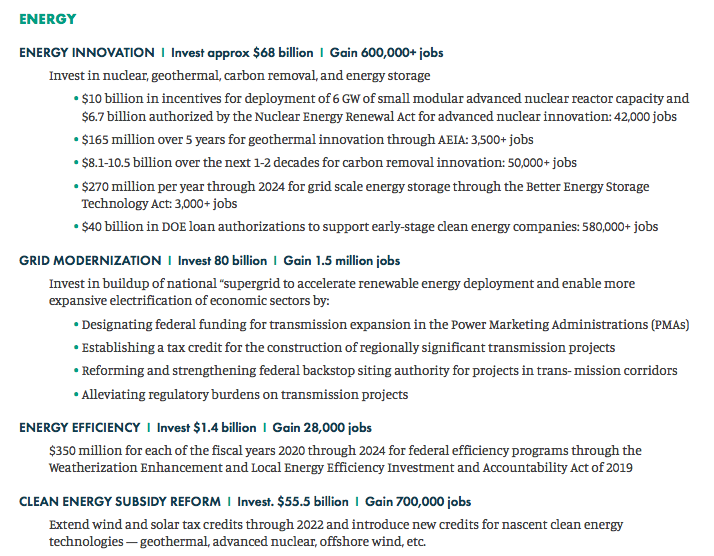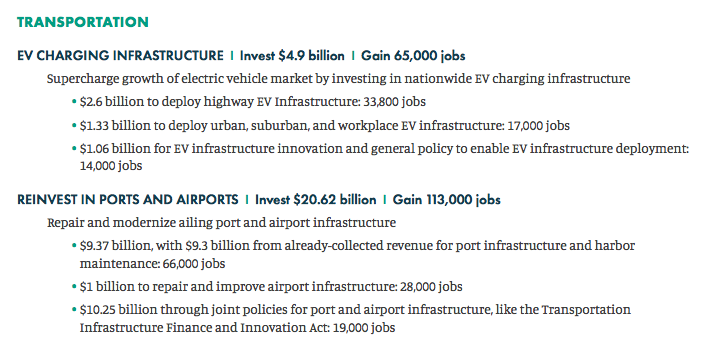
Quite the tour-de-force from @Sammy_Roth on what would actually be needed to get California to 100% clean energy by 2045 and the somewhat-telling unwillingness to build fast and big enough today: latimes.com/business/story…
A few highlights: 1/9
A few highlights: 1/9
In response to rolling blackouts this summer, CA is extending the life of its natural gas plants. At the same time, however, it is failing to invest in clean firm generation to ultimately replace the role that gas plays on the grid, "sowing the seeds for the next crisis” 2/9
The CPUC is planning to would make a relatively weak 2030 of 25% emission reductions as the basis for approving or rejecting new transmission lines, likely leading to a substantial underinvestment in the magnitude of transmission needed for deep decarbonization. 3/9
This means that a $1.9-billion undersea cable meant to allow the development of large-scale offshore wind and carry power from solar+storage projects in the San Joaquin Valley is unlikely to move forward. 4/9
Environmental groups have raised concerns about the undersea cable and offshore wind more broadly. But if we really want to decarbonize the power sector in 25 years, we need to build big things quickly, and these will have some unavoidable impacts. 5/9
The looming retirement of the Diablo Canyon nuclear plant is also threatening decarbonization goal; grid operators are concerned about how to procure the huge amounts of new resources will be needed to replace it while ensuring grid stability and avoiding lots of new gas. 6/9
Part of the opposition by the CPUC to large-scale transmission projects today is its effect on ratepayers. Rates are expected to rise 20% to 40% over the next three years. 7/9
While this is driven more by wildfire risk mitigation than clean energy, there is a real risk of a “ratepayer revolt” that derails California’s climate goals if clean energy development gets conflated with substantially higher electricity prices. 8/9
Long-term targets are all the rage, but there is a real risk of "empty radicalism" when not accompanied by the magnitude of near-term investments and development needed to make them a reality. California has set its goals; now it needs to come to terms with what they entail. 9/9
*The CPUC is planning to make a relatively weak 2030 target of 25% emission reductions as the basis for approving or rejecting new transmission lines.
One of these days I'll learn to proof-read...
One of these days I'll learn to proof-read...
• • •
Missing some Tweet in this thread? You can try to
force a refresh














